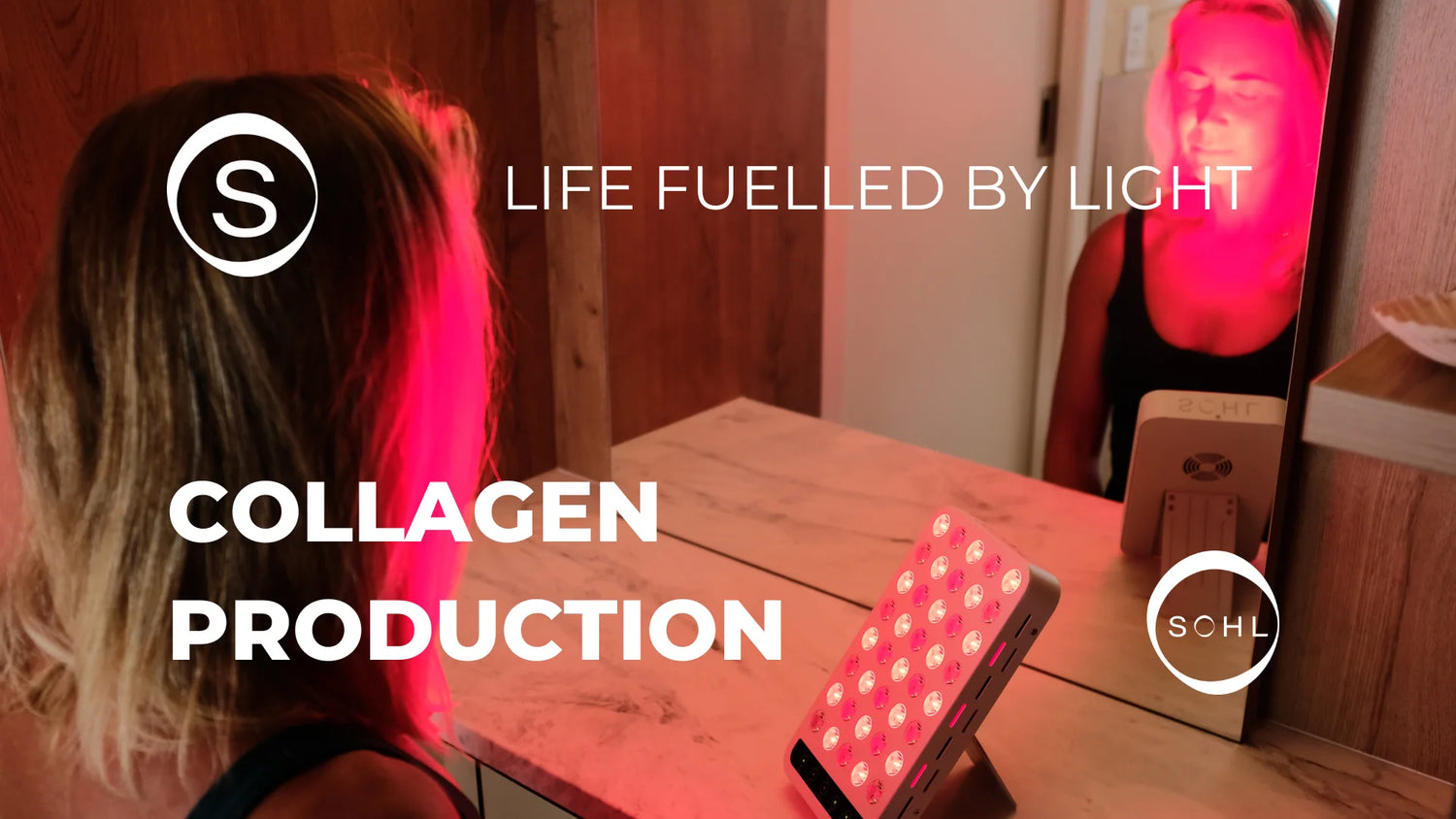Some of the treatments that beauty salons might offer to help manage acne include:
- Facial Cleansing: Salons may offer deep-cleansing facials to help clear out clogged pores and remove excess oil and impurities from the skin.
- Chemical Peels: Chemical peels use a solution to exfoliate the skin and remove dead skin cells, unclog pores, and improve the texture and appearance of the skin.
- Microdermabrasion: This treatment involves using a specialized device to exfoliate the top layer of skin, helping to unclog pores and remove dead skin cells.
- Light Therapy: Some salons may offer light therapy, which uses different wavelengths of light to kill bacteria on the skin and reduce inflammation.
- Acne-Fighting Products: Salons may offer acne-fighting products that contain ingredients like salicylic acid, benzoyl peroxide, or retinoids to help manage acne.
Light therapy, also known as phototherapy, involves the use of specific wavelengths of light to either penetrate the skin and stimulate cellular activity, or work as an antibacterial agent on the surface of the skin. Depending on the type of light used, different cellular processes can be stimulated, including the production of collagen.
Blue light has a wavelength of around 400-490 nanometers and is known to have antibacterial properties. Specifically, blue light can target and kill the bacteria responsible for acne, known as Propionibacterium acnes or P. acnes.
P. acnes is a type of bacteria that naturally lives on the skin and feeds on sebum, the oil produced by the skin's sebaceous glands. When excess sebum is produced, P. acnes can overgrow, leading to inflammation and the development of acne.
Blue light therapy can target and kill P. acnes bacteria by producing reactive oxygen species (ROS), which are toxic to bacteria. When blue light is absorbed by the bacteria, it triggers the production of ROS, which then damage the bacterial cell membrane and cause it to break down. This effectively kills the bacteria and can help reduce the severity of acne breakouts.
Studies have shown that red and near-infrared light are particularly effective at stimulating collagen production. Red light, which has a wavelength of around 630-660 nanometers, can penetrate the skin to a depth of around 5 millimeters and stimulate the production of collagen, elastin, and other proteins. Near-infrared light, which has a wavelength of around 800-880 nanometers, can penetrate even deeper into the skin, up to a depth of around 10 millimeters, and stimulate collagen production.
Collagen is a protein that is responsible for maintaining the structure, elasticity, and firmness of the skin. As we age, the production of collagen decreases, leading to wrinkles, sagging, and a loss of firmness in the skin.
Red and near infra-red light wavelengths can help stimulate the production of collagen by penetrating the skin and activating the cells that produce collagen. These light wavelengths can also help increase blood flow and oxygenation to the skin, which can improve overall skin health and promote cellular repair.
Red light therapy can be delivered through various devices, including LED light panels and handheld devices. However, it's important to note that while light therapy can be an effective tool for skin rejuvenation, it's not a one-size-fits-all solution, and results may vary depending on individual skin types and conditions. It's always best to consult with a skincare professional to determine if light therapy is a suitable option for your specific needs.
If you're using facial cleansing treatments and acne-fighting products then red light therapy panels compliment those with collagen enhancement; working from the inside out.





